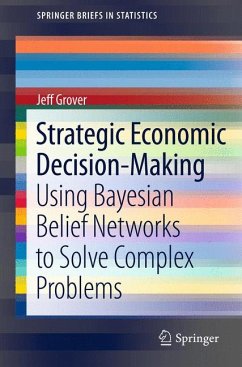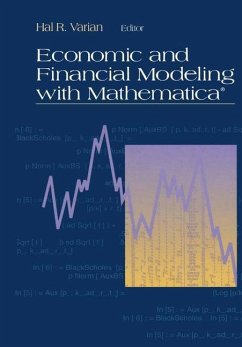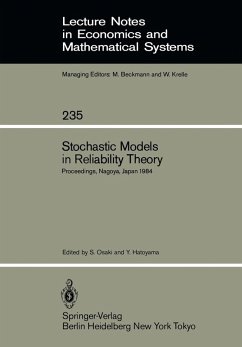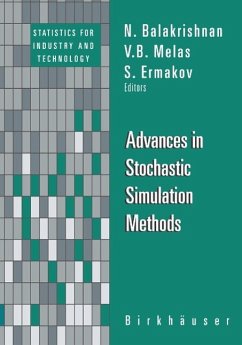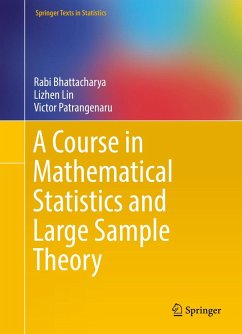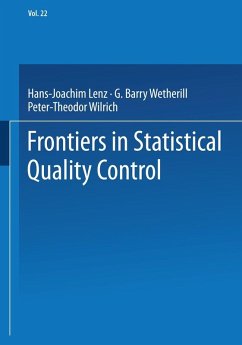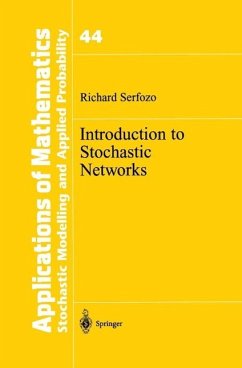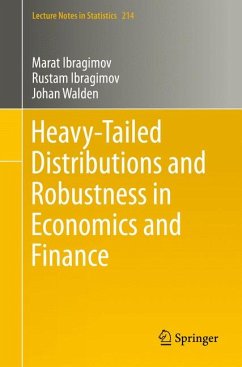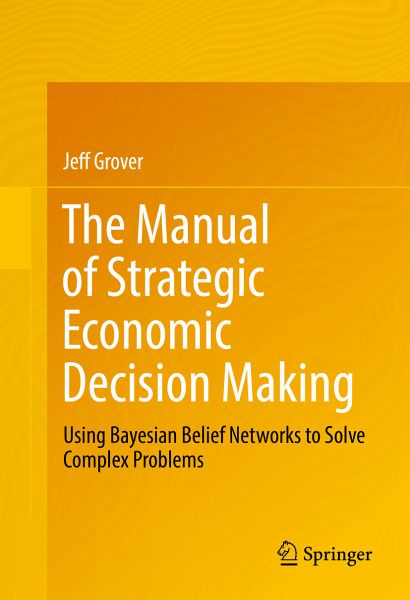
The Manual of Strategic Economic Decision Making (eBook, PDF)
Using Bayesian Belief Networks to Solve Complex Problems
Versandkostenfrei!
Sofort per Download lieferbar
60,95 €
inkl. MwSt.
Weitere Ausgaben:

PAYBACK Punkte
30 °P sammeln!
This book is an extension of the author's first book and serves as a guide and manual on how to specify and compute 2-, 3-, and 4-Event Bayesian Belief Networks (BBN). It walks the learner through the steps of fitting and solving fifty BBN numerically, using mathematical proof. The author wrote this book primarily for inexperienced learners as well as professionals, while maintaining a proof-based academic rigor.The author's first book on this topic, a primer introducing learners to the basic complexities and nuances associated with learning Bayes' theorem and inverse probability for the first...
This book is an extension of the author's first book and serves as a guide and manual on how to specify and compute 2-, 3-, and 4-Event Bayesian Belief Networks (BBN). It walks the learner through the steps of fitting and solving fifty BBN numerically, using mathematical proof. The author wrote this book primarily for inexperienced learners as well as professionals, while maintaining a proof-based academic rigor.
The author's first book on this topic, a primer introducing learners to the basic complexities and nuances associated with learning Bayes' theorem and inverse probability for the first time, was meant for non-statisticians unfamiliar with the theorem-as is this book. This new book expands upon that approach and is meant to be a prescriptive guide for building BBN and executive decision-making for students and professionals; intended so that decision-makers can invest their time and start using this inductive reasoning principle in their decision-making processes.It highlights the utility of an algorithm that served as the basis for the first book, and includes fifty 2-, 3-, and 4-event BBN of numerous variants.
The author's first book on this topic, a primer introducing learners to the basic complexities and nuances associated with learning Bayes' theorem and inverse probability for the first time, was meant for non-statisticians unfamiliar with the theorem-as is this book. This new book expands upon that approach and is meant to be a prescriptive guide for building BBN and executive decision-making for students and professionals; intended so that decision-makers can invest their time and start using this inductive reasoning principle in their decision-making processes.It highlights the utility of an algorithm that served as the basis for the first book, and includes fifty 2-, 3-, and 4-event BBN of numerous variants.
Dieser Download kann aus rechtlichen Gründen nur mit Rechnungsadresse in A, B, BG, CY, CZ, D, DK, EW, E, FIN, F, GR, HR, H, IRL, I, LT, L, LR, M, NL, PL, P, R, S, SLO, SK ausgeliefert werden.
Alle Preise in Euro und inkl. der gesetzl. MwSt. | Innerhalb Deutschlands liefern wir preisgebundene Bücher versandkostenfrei. Weitere Informationen: bitte hier klicken
Support
Bitte wähle dein Anliegen aus:
Rechnungen
Bestellstatus
Retourenschein
Storno



